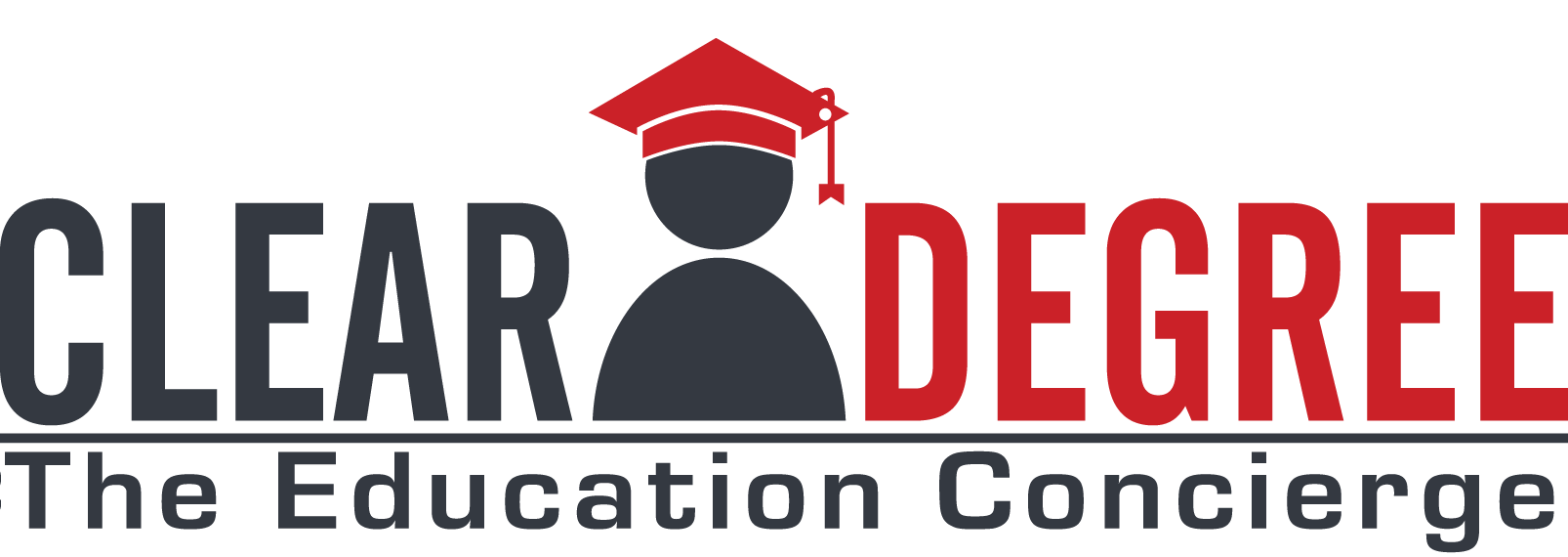What’s Making Headlines in Non-Traditional Higher Education?

The recent scandal at some of the best-known colleges regarding payoffs for admissions created a whole raft of questions and comments, and it made me realize that most people are just out of the loop when it comes to higher ed, particularly in the areas related to non-traditional students.
To help you get up to speed here are three main headlines that don’t have anything to do with fake water polo photos.
The Feds Are Trying Again
Higher education is overseen at a Congressional level via the Higher Education Act of 1965 (HEA). The HEA covers federal involvement in higher education including the massive amounts of financial aid (loans, grants, etc), accreditation and initiatives around completion and employment.
Not surprisingly, the HEA has been caught up in substantial congressional inaction. It has been renewed 8 times since 1965, but hasn’t been reauthorized since 2008 and lives on only through a series of extensions.
The current debate around reauthorizing the HEA includes way too many things to include in this post, but here are a few that would have an impact on adult and non-traditional students:
-
Bipartisan support for expanding Pell Grants (free government grants) so that they cover short-term certificate programs. This would allow for the use of federal funds for bootcamps, professional certs, etc. Proponents also want certs to be stackable, meaning the courses could be part of full degree programs.
-
The Trump administration is looking to limit the amount that can be borrowed for college, including Graduate degree programs. The proposal calls for a cap of $28,500 annually for lending towards a graduate degree.
-
The Democratic leadership is seeking to have federal aid work with the states to provide more low or no cost 2 and 4 year degrees while also considering, according to Senator Patty Murray, “food, textbooks, housing, transportation and child care” as part of the federal aid calculation.
As recently as 2015, a full 45% of US institutions were for profit, and a comparable percentage of non-traditional students attended those institutions. In the last decade for-profit institutions have been in the government cross-hairs at the federal and state level, and in the last few years several of them have shut down. In fact brands like Virginia College, Brightwood College, Argosy, the Art Institutes and others have closed in just the past six months.
So what is happening with the for-profit institutions that remain? There are 5 main realities for these schools (and their students)
-
Consolidation. Schools that have complementary parts may merge or buy each other out. An example is the merger of large for-profit brands Strayer and Capella.
-
Become part of non-profit colleges. As non-profits look to expand and become a national player in online learning, they may look to for-profits to get a jump start. An example is Purdue purchasing the online portion of Kaplan.
-
Focus. Many for-profits that remain will be in areas hearkening back to the original purpose of for-profit education, providing training in very specific vocational areas such as healthcare, cosmetology, IT, etc.
-
Can’t beat-‘em, join-‘em. Several for-profits have or are planning to transition into non-profit status, with the operational portion becoming a for-profit services provider. See Grand Canyon and others.
-
Closure. Along with the slew of closings in the past couple of years, others are in serious financial peril themselves (see National American University).
It remains to be seen what will happen to the for-profit space over the next 5 years, but that sector will certainly be significantly smaller than just a year ago.
Public Universities Want to Go Big Online
The number of high school graduates in the US is shrinking, adding more problems to the issues plaguing higher education. In the effort to address drops in enrollment from traditional students, many public and private colleges are looking to non-traditional students for growth, particularly looking to expand their geographic footprint via online degree programs focused on working professionals.
In early March the leaders at UMass announced plans to launch a national online college as the “best hope of long-term financial stability.” Back in January UMUC, a well-known regional online college announced a name change to become the University of Maryland Global Campus. The state of Maryland approved $500 million over six years as part of the growth and marketing plan.
Expect other states to try the same strategy by either expanding a current online campus or building/buying/partnering to create something completely new. While this may mean even more confusion in an already crowded marketplace, the expansion of choice and competitiveness should also bring good things for the non-traditional student going forward.
With so much going on in higher ed, wouldn’t a personal guide be a useful resource to have? Save time and money in a confusing landscape with an Education Concierge.
#Onlinelearning #Accreditation #onlineaccreditation #onlinemasters #onlinelearning #onlinedegrees #accreditedcolleges #searchingforadegreeonline #onlineMBA #onlinecollege #distancelearning #degree #onlinedegree
